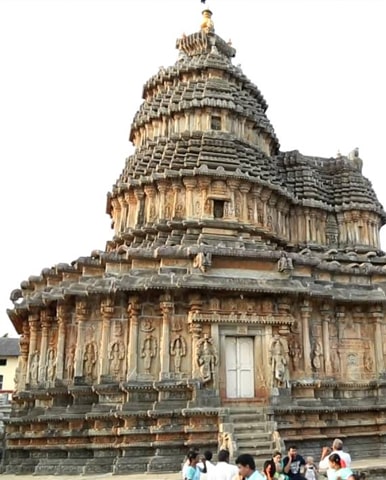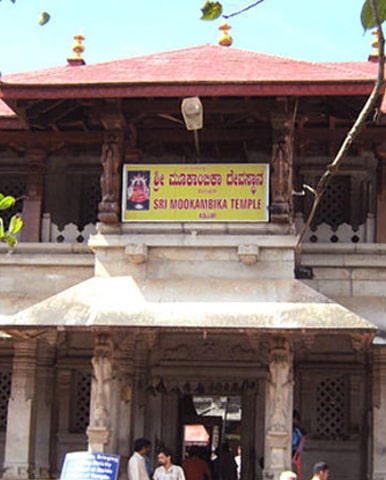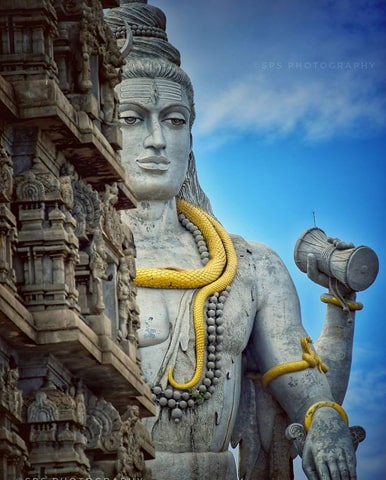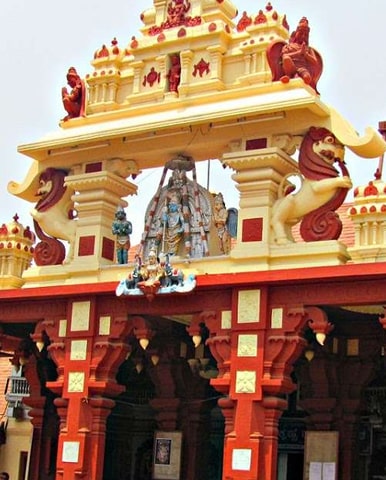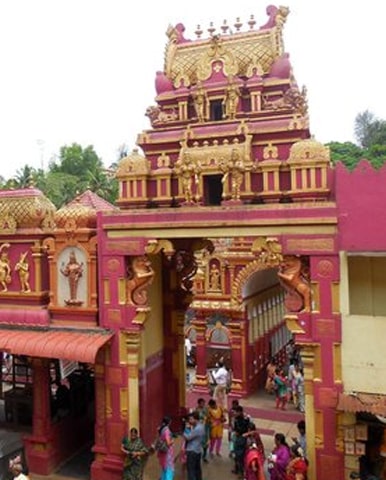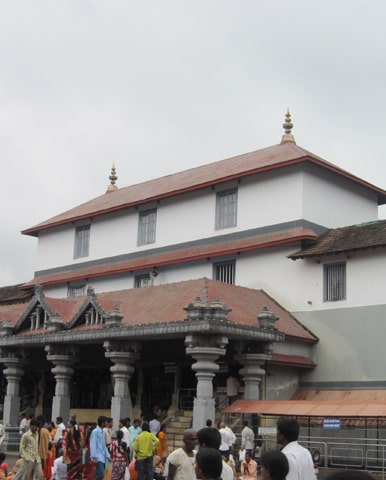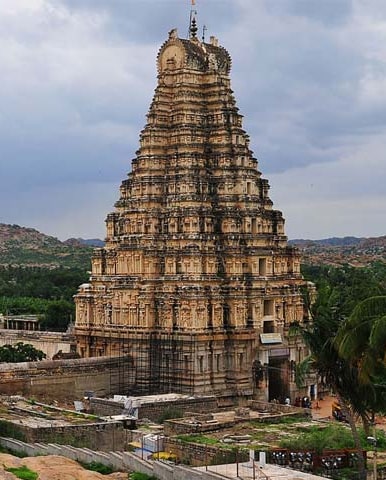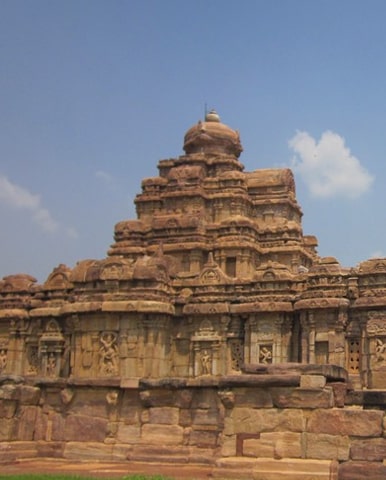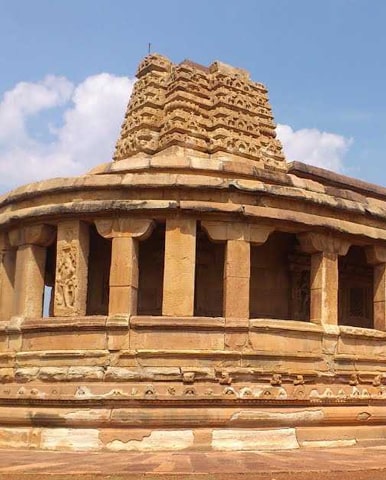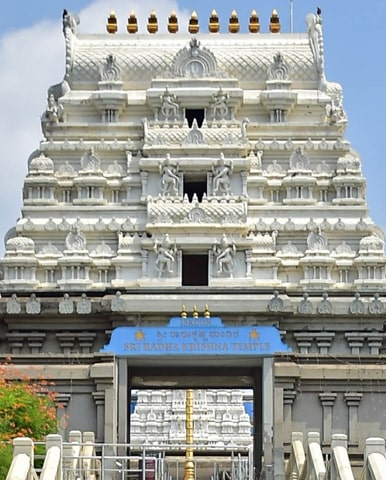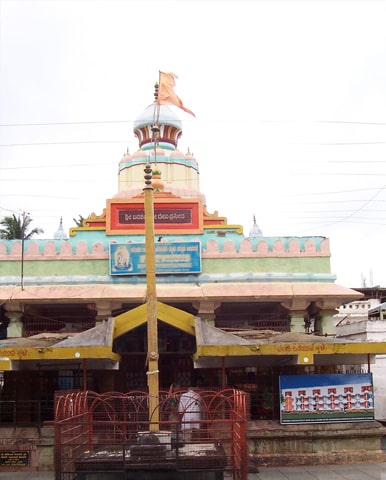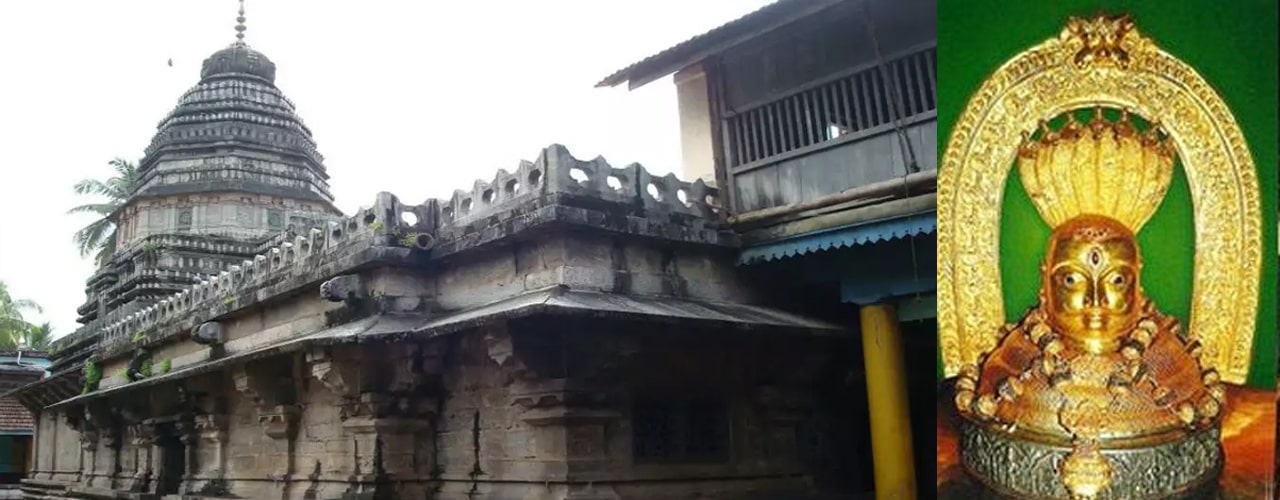
Mahabaleshwara Swamy Temple, Gokarna
The Mahabaleshwar Temple, Gokarna is a 4th-century CE Hindu temple located in Gokarna, Uttara Kannada district, Karnataka nation, India which is constructed in the classical Dravidian architectural fashion. It’s far a domain of non secular pilgrimage. The temple faces the Karwar city seaside on the Arabian Sea in which Hindu pilgrims cleanse earlier than traveling the temple for worship. The temple is considered as holy because the Shiva temple at Varanasi or kāśi (Kashi) in North India at the banks of the Ganges River. As a result, the Mahabaleshwar temple, Gokarna is referred to as the Dakshin Kasi (“Kasi of the south”).The temple deifies the Pranalinga (“the reality of God which can be captured by the mind”) also referred to as Atmalinga or Shiva Linga In legend, it is stated that the deity of the temple will bestow large benefits to devotees, even to those who only glimpse it.Presently the executive rate of the temple is with Sri Ramachandrapura Mutt, as in keeping with the steerage of Adiguru Shankaracharya throughout the establishment of the Matha.
The temple is one of the seven sacred Muktikshetras or Muktistala (“locations of salvation”) in Karnataka. It’s far a place in which many Hindus of Karnataka perform obsequies (demise rites) for his or her departed. The six different Muktikshetras in Karnataka are at Udupi, Kollur, Subrahmanya, Kumbasi, Koteshvara and Sankaranarayana. Consistent with legend, the Atmalinga became perforce located at Gokarna, within the temple precincts wherein it’s miles now deified. It changed into Ravana, the demon King of Lanka, recognized from the epic, Ravana had carried it there from Mount Kailash inside the Himalayas. The temple’s first construction turned into by way of the king Mayurasharma of the Kadamba dynasty (reign 345 CE – 365 CE). Again, legend holds that Mayurasharma wished to research of the Vedic rites and the Ashwamedha Yagna (ritual of horse sacrifice). He travelled to Kanchipuram, a prime spiritual gaining knowledge of centre, but there, he became insulted by a horseman guard. He turned into angered and swore to defeat the ruling Pallava dynasty. Following his defeat of the Pallavas, the king asked some monks to carry out a each day yajna to maintain his suzerainty over the vicinity. Mayurasharma’s son, King Kangavarma delivered Brahmin households from one of a kind lineages to preserve management at the temple.
The classical Sanskrit creator, Kalidasa mentions the “Lord of Gokarna” in his 4th century work, Raghuvamsha. The Gokarna temple is recorded as one of the Paadal Petra Sthalams inside the 7th century Tevaram canon of devotional poetry. The temple is a massive complex of shrines and plenty of it belongs to the later Vijayanagara period (1336–1646 CE). A Vijayanagara emperor as soon as visited the temple and weighed himself in gold. At some stage in the 17th century reign of Queen Chennammaji and her son, Soma Sekharanayaka of Keladi, Visvesvaraya of Halasunadu-Kundapura built the Chandrasala and Nandi pavilions. In 1665, the warrior king, Shivaji (1630 CE – 1680 CE) worshipped on the Mahabaleshwar temple after disbanding his military in Gokarna. In 1676, Fryer, an English traveller, visited Gokarna throughout the Maha Shivaratri pageant and wrote in element about it at the temple. The hoary legend of the temple as narrated, links Ravana of the Ramayana, the demon king of Lanka, no longer only to the Shiva Linga deified inside the Mahabaleshwar Temple however additionally to Gokarna’s Bhadra Kali temple. The legend additionally affords etymology of the region name, “Gokarna”.
Ravana’s mother, a staunch devotee of Lord Shiva, turned into worshipping a Shiva Linga to convey prosperity to her son. Indra, the Lord of Heaven, who turned into jealous of this worship, stole the Shiva Linga and threw it away into the sea. The distraught mom of Ravana went on a hunger strike as her devotional worship of Shiva changed into disrupted. Ravana then promised his mom that he might visit Mount Kailash, the domicile of Lord Shiva, and produce the main Atmalinga itself for her worship. Ravana then done severe penance at Mount Kailash to please Lord Shiva and also sang, in his melodious voice, praises of Shiva (Shiva Tandava Stotram). He even chopped his own head, and made a harp with threads drawn from his skin and intestine.Lord Shiva turned into please he regarded before him and requested him what he desired. By means of this time Narada had asked Lord Vishnu to change Ravana’s mind. Due to this plot, Ravana asks for Goddess Parvati, and Lord Shiva offers “faux Parvati” to him. On his manner lower back to Lanka Narada tells Ravana that Lord had no longer given him the real Parvathi and that the real Parvathi changed into in Pathala. So Ravana frees his accomplice, goes to Pathala and marries a king’s daughter,”mandodri”. Ravana again to Lanka, where his mother asked him for the Atma-Linga. Ravana realised the hints played on him through Lord Vishnu. He consequently prayed to Lord Shiva once more, begging for his forgiveness. Lord Shiva appeared and this time, Ravana requests the Atma-Linga as his boon. Lord Shiva has the same opinion to provide him the boon with a circumstance that it need to never be positioned on the ground. If the Atma-Linga was ever positioned at the floor, it might stay rooted at that spot. Having acquired his boon, Ravana started lower back on his journey to Lanka
As Ravana was nearing Gokarna, Lord Vishnu blotted out the sun to give the advent of nightfall. Ravana now needed to perform his evening rituals however changed into involved due to the fact with the Atma-Linga in his hands, he might no longer be capable of do it. Right now, Lord Ganesha in the cover of a Brahmin boy accosted him. Ravana requested him to hold the Atma-Linga till he achieved his rituals, and requested him no longer to area it at the floor. Ganesh struck a deal with him saying that he might call Ravana thrice, and if Ravana did no longer return within that point, he would location the Atma-Linga on the floor. Ganesha referred to as out thrice hastily but Ravana could not come within the special time.. Even earlier than Ravana should return, Lord Ganesha positioned the Atmalinga at the floor, tricked Ravana and vanished from the scene with his cows. Ravana then chased the most effective cow, which changed into going underground. However, he controlled to get maintain of the cow’s ear, because the relaxation of cow’s body had disappeared beneath floor. It’s far this ear now seen in a petrified shape, which has given the call “Gokarna” to the area. The word “Gokarna” way “cow’s ear” wherein in Sanskrit gow manner “cow” and karna means “ear”. Then, Ravana tried hard to boost the Shiv Linga but failed because it become firmly fixed. Ravana had even fainted; thereafter he gave the name “Mahabaleshwar” (which means all-effective) to the Atmalinga.Therefore, in step with the legend narrated, the place now boasts of three divine entities namely: Gokarna, the cow’s ear; the Atmalinga or Shiva Linga that is deified within the Mahabaleshwar Temple; and the Goddess Bhadrakali, which might be all now divine places of worship quintessential to Gokarna.
The temple is built of granite in the Dravidian architectural style. The Atmalinga is enshrined within the temple on a square Saligrama Peetha (pedestal). The pedestal has a small hole at its centre from wherein devotees can see the pinnacle of the Atmalinga. Foreigners, such as practicing Hindus of non-Indian (Western) beginning aren’t allowed to go into the sanctum-sanctorum and see the Shivalinga.
Share This Post:
How to reach
- By Road: Buses are available to Gokarna from Bangalore, Mangalore and other major towns and cities in Karnataka.
- By Train: Ankola is the nearest railway station (20 km). Buses and cabs are available from Ankola to Gokarna.
- By Air: Mangalore is the nearest airport (192). From Mangalore, one must board a bus or hire a taxi to Gokarna.
Related Temples
How to reach
- Nearest airport is Mangalore international airport
- Nearest railway station is Ankola
- Nearest bus stations are Gokarna and Mangalore

